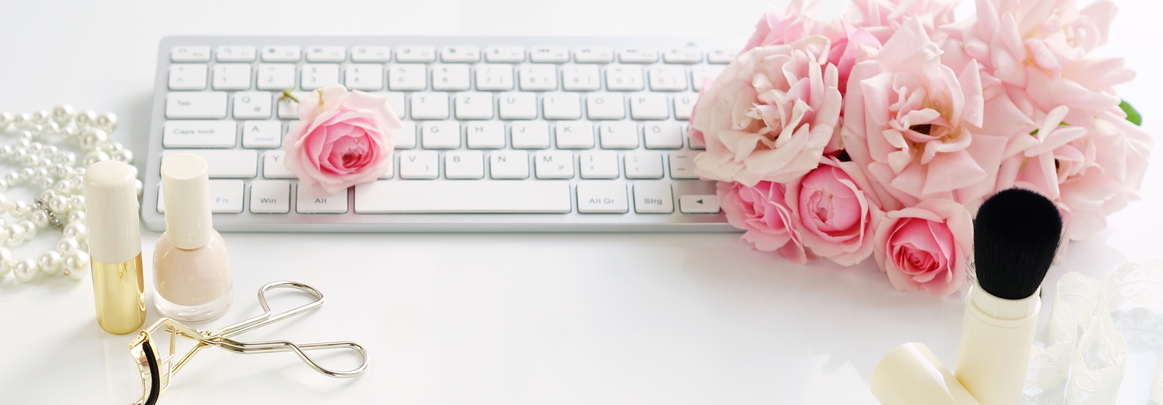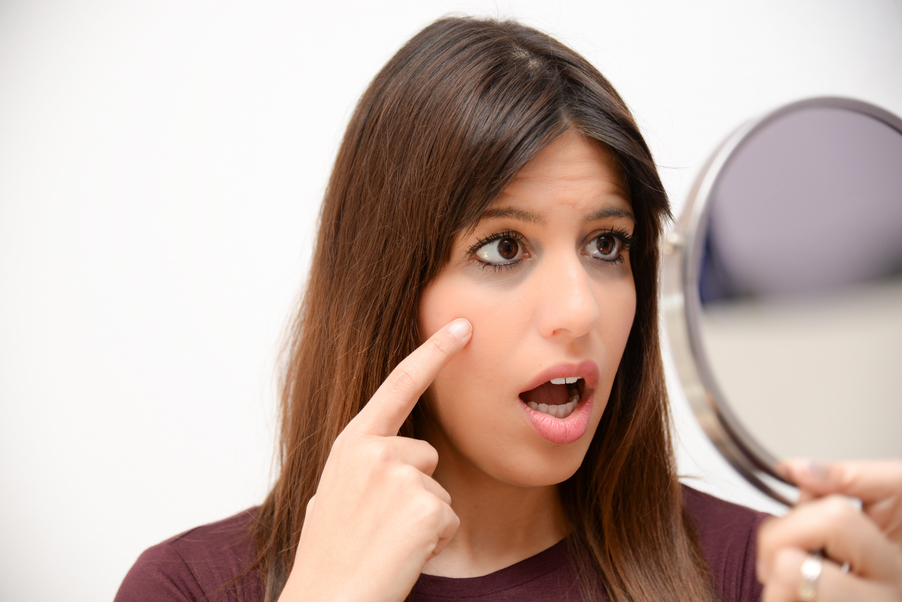Skin problems got you down? Color Correction may help
We all know that getting a good night sleep is best for our overall beauty regimen. If you do you may not need much color correction. However, you wake up in the morning, do you see the flaws in the mirror? The dark spots, the blemishes, old marks, etc.?
Often, these blemishes we see aren’t easily covered up with our usual makeup routine – even concealer can leave these marks visible under your foundation.
Enter, color correction.
Now, it’s possible you’ve dabbled in color correcting before with less than stellar results. Makeup artists agree that older formulations – and advice – left a lot of women looking odd and unusual.
But with all the new formulas and options available, for your special events and photo-worthy moments, color correcting can be the solution to flaws on your skin.
Color theory at work
Color correcting is based on contrasting colors of the color wheel. The idea is that by covering blemishes with the opposite color on the color wheel, the blemish will be less visible as the colors cancel each other out.
Various skin issues can be concealed using this basic idea:
Green cancels redness – Blemishes and broken capillaries
Pink/peach cancels dark areas and blueness – Undereye circles and veins
Blue/lavender cancels sallowness – Dull and yellow skin tones often caused by illness or age
Yellow cancels dullness in olive-toned skin
Orange/red cancels darkness – Best for medium or dark-toned skin or hard to cover undereye circles
Tips for success
In theory, color correcting works. In practice, even makeup artists aren’t always sold on the idea.
But there are times when it just isn’t ok to have a major breakout or for your eyes to reveal lost hours of sleep. In those moments, follow these tips for color correcting success.
Take it easy – Color correcting formulas are often highly pigmented, for instance, you get a lot of color in each application. Build up color correcting as you go, making sure you don’t overdo it.
Use sparingly – Choose one or two key areas to focus your color correcting – those that seem most visible or bothersome. Rather than covering your whole face in various shades, be strategic.
Practice – It will take a bit of practice to get the hang of color correcting. Make sure you give yourself a few trial runs before you bring your corrected face out for prime time viewing.
Beware of natural light – Most color correcting is perfect for photographing, but it can look unnatural in sunlight. If this is a concern for you (i.e., you aren’t going to an artificially lighted photoshoot) check out your results in natural lighting conditions.
Think balance – The ultimate goal of color correcting is to target key areas of your face to minimize the amount of regular concealer and foundation you use. This keeps your face looking as natural as possible, while you manage areas you’d rather conceal. Keep your use of color correcting, concealer and foundation in balance for a natural look.
In conclusion, the best way to know if color correcting is right for you is to experiment! There are lots of great products on the market at all price ranges that can give you a feel for whether it should be a part of your beauty routine.




